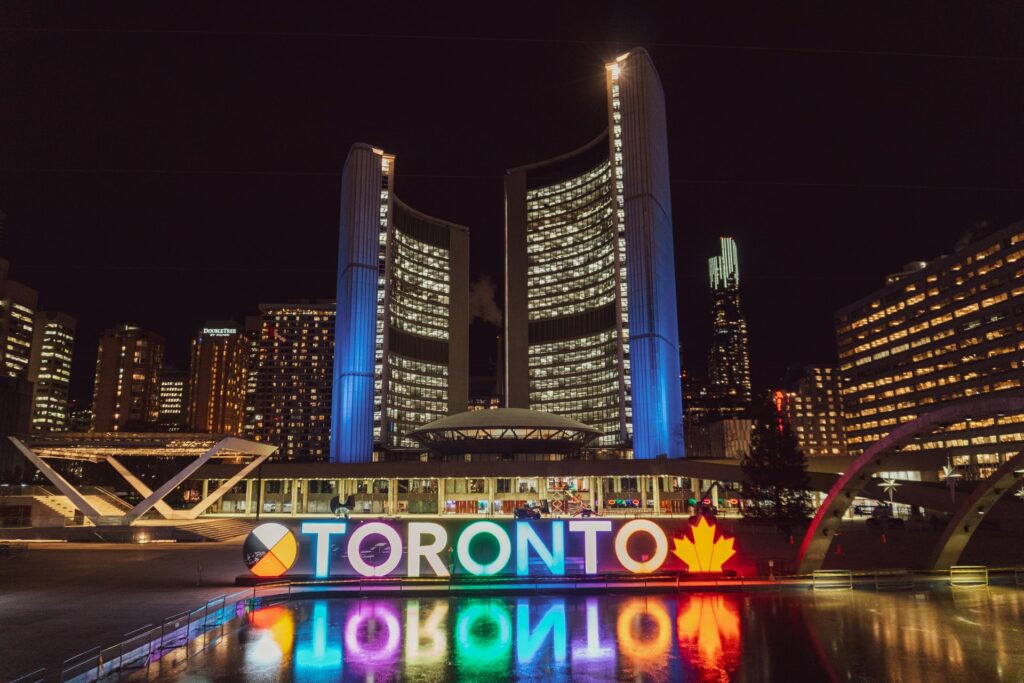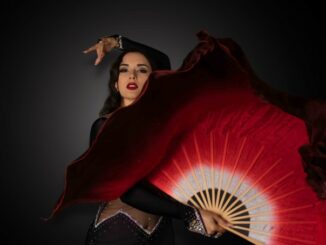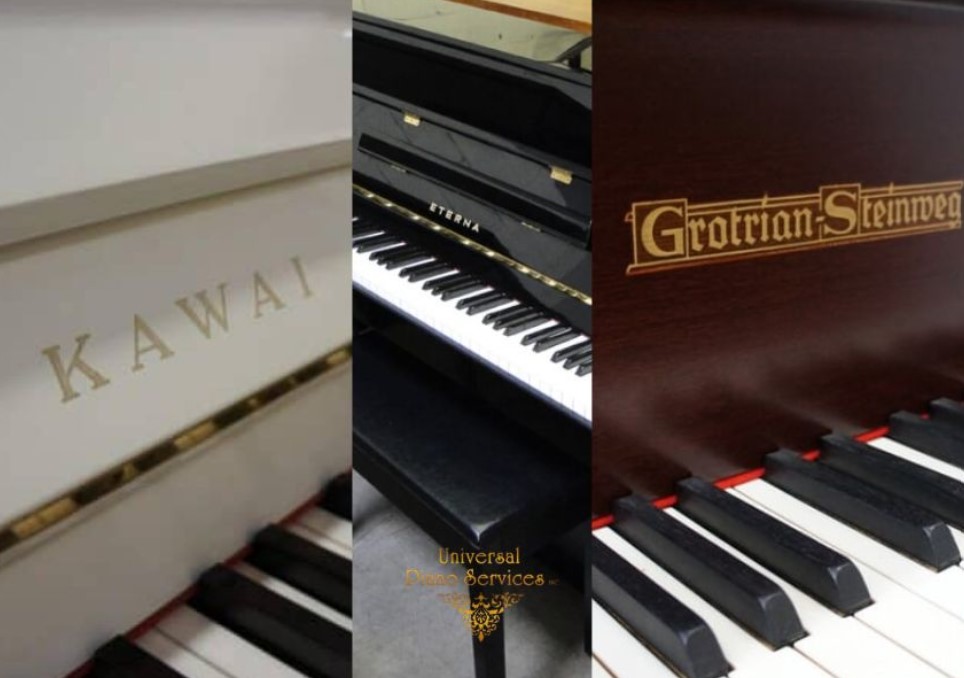
The biennial Indigenous Fashion Week Toronto (IFWTO) recently took the virtual fashion world by storm.
Over four days in November, the festival showcased 15 designers who presented creative and artistic runway shows that underscored our interconnection to water. This year also marked the launch of a virtual marketplace that sold out in a matter of hours.
The event ran alongside a symposium — Fashioning Resurgence — in collaboration with Ryerson University’s School of Fashion, which hosted live and recorded panels on the Indigenous Fashion movement. Nine conversations shared ideas from within the Indigenous fashion movement, while welcoming others into the dialogue by offering diverse perspectives on a series of provocations. Themes included land-based fashion, colours, materials and symbols, Indigenous Fashion Education and the next generation. It also included masterclasses on branding, communications and collaborating with the mainstream fashion industry.
At the inaugural IFWTO in 2018, we saw early signs of how Indigenous fashion and its platforms differ from the mainstream industry. A banner insisting that stolen land be returned in reconciliation was unfurled at the opening night party. Runways honoured regalia makers and matriarchs. Designs spoke against resource extraction and drew attention to the interconnectedness of caribou, fashion and sovereignty. A front row was reserved for Elders.
At that first event, we saw that Indigenous fashion, when grounded in community ethics and ancestral values, is innately political, inherently sustainable and socially responsible. Since 2018, the Indigenous fashion movement has continued to grow, with new entrepreneurship incubators and big-name collaborations with retailers like Simons helping designers grow their brands.
Perhaps most importantly, the scope of conversations about Indigenous fashion has widened, and increasingly diverse voices are imagining and shaping where this movement takes us.
Knowledge sharing
Indigenous designers engage daily in the tasks of translating Indigenous worldviews and practices. This is partly what makes our fashion so revolutionary. Perhaps the most succinct example of this is Section 35, a brand named for the section of the Indian Act that has so profoundly shaped Indigenous life in Canada. Others, like Evan Ducharme, spoke to the ongoing struggle for Métis rights with his reworked “census print” which listed Ducharme’s maternal great-grandfather, James Lavallee, as “French” before it was was scratched out and replaced with “Indian.”
What sets Indigenous fashion apart are these stories and teachings embedded in the design, and the sustainable production systems that Indigenous communities mobilize to create Indigenous material culture. Articulating this significance is difficult on a fashion runway or in a photographic campaign. The immediacy of fashion’s visual culture must be combined with Indigenous stories. These challenges were discussed in the symposium.
Both the branding and communications panel and the panel on Indigenous fashion journalism discussed the importance of educating consumers. Creative consultants Andrew and Ian Foxall and journalism professors Candis Callison and Duncan McCue hinted that educating consumers is not just a task for brands, it’s a project for the movement itself.
Better reporting on Indigenous fashion is needed
More depth and nuance is needed when reporting on Indigenous fashion.
The panel series was created to provide the cultural and historical contexts that situate Indigenous fashion. Indigenous designers and creators are engaged in resistance to systems of colonialism, capitalism, patriarchy and white supremacy, and a resurgence of the relations and practices that provide us with alternatives.
The second goal of the symposium was to initiate dialogue, without pretending to provide “answers.” The series began with questions: What does Land mean to you? How does Indigenous fashion support communities? How does Indigenous materiality convey meaning? How can “mainstream” brands respectfully collaborate with Indigenous designers? How should Indigenous designers be representing themselves? How can fashion, craft and textiles be rendered in a virtual world? What’s the tea on that Christi Belcourt x Valentino collection? How do beading circles support resurgence? How can fashion schools support Indigenous sovereignty?
The conversations pinpointed some important directions that Indigenous fashion needs to move towards: Body and gender inclusivity. Communal production and tighter control of the supply chain. Knowledge sharing between Elders and Indigenous youth. Slow-moving relationship building and consensus before action. Land back.
All runway and panel videos are available on the IFWTO YouTube page. Next, the team plans to transcribe these conversations and work with panel participants to edit and expand their ideas for publication in the open-source Fashion Studies journal. Participants will also identify avenues for future conversations.
Imagining futures
Indigenous fashion is a critical medium because of its potential to enable representational sovereignty, or the ability to fashion our own stories against dominant narratives.
Designers refute visual stereotypes with a future that requires looking back to ancestral Indigenous identities and clothing practices. Indigenous Fashion Week Toronto is a key supporter in exercising that sovereignty by providing a platform for designers.
The fashion that has been showcased is also a powerful model for the mainstream fashion industry, which has fumbled to balance its capitalist values and commitments to sustainability. Environmental pledges by “fast fashion” companies are ineffective because the model itself is systemically unsustainable.
The amount of interest in Indigenous fashion from the mainstream industry inspires hope that they’re ready to listen, but the lesson I’m left with is that there’s much work to be done within our own communities. The movement has momentum, but moving slowly means scaling responsibly and in good relation. The future is ours to imagine, together.
By: Riley Kucheran
Assistant Professor, Design Leadership, Ryerson University
By: Alysia Myette
Lecturer, School of Fashion and School of Performance, Ryerson University
This post was originally published at The Conversation.






If you’re searching for the latest news on First Nations in Canada, North Native News is an excellent resource to ensure you’re up-to-date on the latest Indigenous and Native American news headlines. This premium website has news in a variety of subject areas, including entertainment and lifestyle, so you can catch up on what’s happening, including events such as Indigenous Fashion Week Toronto and the latest in Native Art.